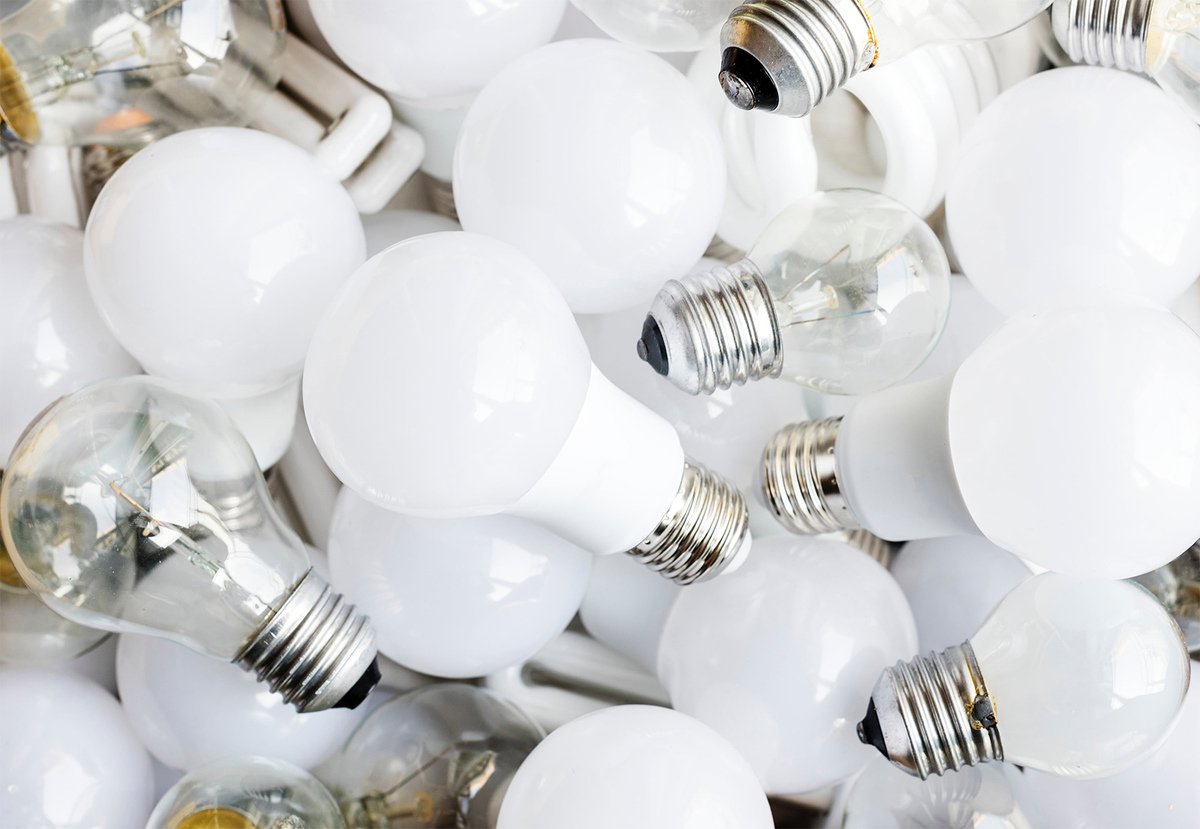

Articles
What Wattage LED Bulb Do I Need
Modified: January 6, 2024
Find the perfect LED bulb wattage for your needs with our helpful articles. Learn what wattage LED bulb you need for any space or application.
(Many of the links in this article redirect to a specific reviewed product. Your purchase of these products through affiliate links helps to generate commission for Storables.com, at no extra cost. Learn more)
Introduction
LED bulbs have become increasingly popular in recent years due to their energy efficiency, long lifespan, and environmental friendliness. However, when it comes to choosing the right LED bulb for your space, wattage is an important factor to consider. Determining the appropriate wattage can ensure that you have the right level of brightness and illumination for your needs while also optimizing energy consumption.
In this article, we will delve into the topic of LED bulb wattage and guide you on how to choose the right wattage for your specific requirements. We will explore the basics of LED bulbs, factors to consider when choosing wattage, ways to determine the appropriate wattage for your space, and additional considerations to keep in mind. By the end of this article, you will have a thorough understanding of LED bulb wattage and be equipped to make an informed decision for your lighting needs.
Key Takeaways:
- Choose LED bulb wattage based on room size, function, and personal preference. Consider lumen output, ceiling height, and dimming capability for optimal brightness and energy efficiency.
- Look for ENERGY STAR labeled LED bulbs, ensure compatibility with fixtures, and consider CRI and dimmability. Maximize longevity and environmental impact for a well-informed LED bulb selection.
Basics of LED Bulbs
LED, which stands for Light Emitting Diode, is a type of lighting technology that has revolutionized the industry. Unlike traditional incandescent bulbs, which use heating filaments to produce light, LED bulbs utilize a semiconductor chip that emits light when an electric current passes through it.
One of the main advantages of LED bulbs is their energy efficiency. LED bulbs can convert a higher percentage of the electricity they consume into light, making them much more efficient than incandescent bulbs. This translates to lower energy consumption and lower electricity bills.
LED bulbs also have a significantly longer lifespan compared to traditional bulbs. While incandescent bulbs typically last for around 1,000 hours, LED bulbs can last anywhere from 25,000 to 50,000 hours. This means you won’t have to replace your bulbs as frequently, saving you money and reducing waste.
In terms of brightness, LED bulbs are available in different lumen outputs. Lumens refer to the amount of light emitted by a bulb. The higher the lumen output, the brighter the light. LED bulbs come in a wide range of lumen options, allowing you to choose the right level of brightness for your space.
Furthermore, LED bulbs are available in various color temperatures, measured in Kelvin (K). Color temperature refers to the appearance of light, ranging from warm colors (around 2700K) to cool daylight tones (5000K or higher). This allows you to create the desired ambiance and mood in your space.
Overall, LED bulbs offer numerous benefits, including energy efficiency, long lifespan, brightness options, and color temperature choices. Understanding the basics of LED bulbs will help you make an informed decision when it comes to choosing the right wattage for your lighting needs.
Factors to Consider when Choosing Wattage
When selecting the wattage for your LED bulb, there are several factors to take into consideration. These factors will help you determine the appropriate wattage that will provide the desired level of brightness and meet your specific lighting requirements. Here are some key factors to consider:
- Room Size: The size of the room plays a crucial role in determining the wattage of your LED bulb. Larger rooms generally require higher wattage bulbs to ensure adequate illumination. On the other hand, smaller rooms may not require as much wattage. Consider the square footage of the room as a starting point for choosing the wattage.
- Room Function: The function of the room also influences the wattage needed. Different activities require varying levels of lighting. For example, a kitchen or workspace may require brighter lighting for tasks, while a bedroom or living room may benefit from softer, ambient lighting. Consider the primary function of the room to determine the appropriate wattage.
- Personal Preference: Your personal preference for lighting brightness also plays a role in wattage selection. Some individuals prefer brighter, well-lit spaces, while others prefer a more subtle and dimly lit ambiance. Take into account your personal preference and how you want the room to feel when deciding on the wattage.
- Existing Lighting: If you are replacing existing bulbs with LED bulbs, consider the wattage of the current bulbs as a reference. If you are satisfied with the level of brightness, you can choose LED bulbs with similar wattage to maintain a consistent lighting experience. However, keep in mind that LED bulbs are more energy-efficient, so you may need fewer watts to achieve the same level of brightness.
- Dimming Capability: If you have dimmable LED bulbs or a dimmer switch in the room, you may have more flexibility with wattage. Dimming the lights can adjust the brightness level to suit your needs. In this case, choose LED bulbs with a higher maximum wattage to allow for customization of brightness options.
By considering these factors, you can make an informed decision about the wattage needed for your LED bulbs. Remember that wattage is not the only factor that determines brightness. Other factors, such as lumen output and beam angle, also play a role in the overall lighting performance.
To determine the wattage of LED bulb you need, divide the current wattage of your incandescent bulb by 4 to get the equivalent LED wattage. For example, a 60W incandescent bulb would be replaced by a 15W LED bulb.
How to Determine the Right Wattage for Your Space
Choosing the right wattage for your space can ensure that you have sufficient lighting without wasting energy. Here are some steps you can follow to determine the appropriate wattage for your LED bulbs:
- Measure the Room: Start by measuring the dimensions of the room, including the length, width, and height. This will give you an idea of the room’s size and help you determine the appropriate wattage.
- Calculate the Room’s Square Footage: To calculate the square footage of the room, multiply the length by the width. For example, if the room is 10 feet long and 12 feet wide, the square footage would be 120 square feet.
- Determine the Required Lumen Output: The lumen output refers to the brightness level of the LED bulb. As a general guideline, you can use the following ranges for different areas of the house:
- – Living rooms, bedrooms, and hallways: 1000-1500 lumens
- – Kitchens, bathrooms, and workspaces: 1500-3000 lumens
- – Outdoor areas and garages: 3000-5000 lumens
Keep in mind that these are rough estimates and may vary based on personal preference and specific requirements.
- Take into Account the Ceiling Height: If your room has high ceilings, you may need more wattage to ensure adequate lighting. Consider increasing the wattage by 25-50% for ceilings higher than 9 feet to compensate for the greater distance the light needs to travel.
- Consider Multiple Bulbs: If a single LED bulb does not provide the desired level of brightness, you can consider using multiple bulbs or fixtures to evenly distribute the light. This can prevent shadows and ensure uniform illumination throughout the space.
- Consult Lighting Design Guides: There are various lighting design guides available online that can provide more specific recommendations based on room size, function, and desired lighting levels. These guides can help you determine the optimal wattage for your space.
By following these steps, you can determine the right wattage for your space and choose LED bulbs that provide the appropriate level of brightness. Remember to also consider the color temperature and dimming capabilities, if desired, to further customize your lighting experience.
Additional Considerations for LED Bulb Wattage
While determining the wattage is crucial for choosing the right LED bulbs, there are a few additional considerations to keep in mind to optimize your lighting experience:
- Energy Efficiency: LED bulbs are inherently energy-efficient, consuming significantly less energy compared to traditional incandescent bulbs. When selecting LED bulbs, look for those with the ENERGY STAR label, as they meet specific energy efficiency requirements and can help reduce your electricity costs.
- Compatibility with Fixtures: Ensure that the LED bulbs you choose are compatible with your existing fixtures. LED bulbs come in various shapes and sizes, including standard A-shape, floodlights, and decorative bulbs. Check the specifications of your fixtures and choose LED bulbs that fit properly.
- Color Rendering Index (CRI): The Color Rendering Index measures how accurately a light source illuminates colors. A higher CRI indicates better color reproduction. If color accuracy is important to you, look for LED bulbs with a CRI of 80 or above.
- Dimmability: If you intend to use dimmers in your space, ensure that the LED bulbs you choose are dimmable. Not all LED bulbs are compatible with dimmers, so check the packaging or product specifications to verify dimming capability.
- Longevity and Warranty: LED bulbs are known for their long lifespan, but it’s still important to check the manufacturer’s warranty. A longer warranty period indicates confidence in the bulb’s quality and durability.
- Environmental Impact: LED bulbs are more environmentally friendly compared to incandescent bulbs due to their lower energy consumption and longer lifespan. By choosing LED bulbs, you contribute to reducing energy consumption and lowering carbon emissions.
Keep these additional considerations in mind as you select LED bulbs for your space. By taking into account energy efficiency, compatibility with fixtures, color rendering, dimmability, longevity, and environmental impact, you can make an informed decision that aligns with your lighting needs and values.
Conclusion
Choosing the right wattage for your LED bulbs is essential in optimizing the lighting in your space. By considering factors such as room size, function, personal preference, existing lighting, and dimming capability, you can determine the appropriate wattage that meets your specific needs and preferences.
Remember to also take into account the basics of LED bulbs, including their energy efficiency, long lifespan, and brightness options. LED bulbs offer numerous benefits over traditional incandescent bulbs and provide a wide range of lumen outputs and color temperatures to create the desired ambiance in your space.
Utilizing a simple process, such as measuring the room, calculating the square footage, and determining the required lumen output, can help you determine the right wattage for your space. Consulting lighting design guides and considering ceiling height can further refine your wattage selection.
Additionally, it is important to consider factors such as energy efficiency, compatibility with fixtures, color rendering index, dimmability, longevity, and environmental impact when choosing LED bulbs. These considerations will ensure that you make an informed decision and maximize the benefits of LED lighting.
By selecting the appropriate wattage for your LED bulbs, you can enhance the visual appeal of your space while reducing energy consumption and saving money in the long run. Enjoy the long-lasting, energy-efficient, and customizable lighting that LED bulbs offer, and make a positive impact on both your environment and your daily life.
Frequently Asked Questions about What Wattage LED Bulb Do I Need
Was this page helpful?
At Storables.com, we guarantee accurate and reliable information. Our content, validated by Expert Board Contributors, is crafted following stringent Editorial Policies. We're committed to providing you with well-researched, expert-backed insights for all your informational needs.
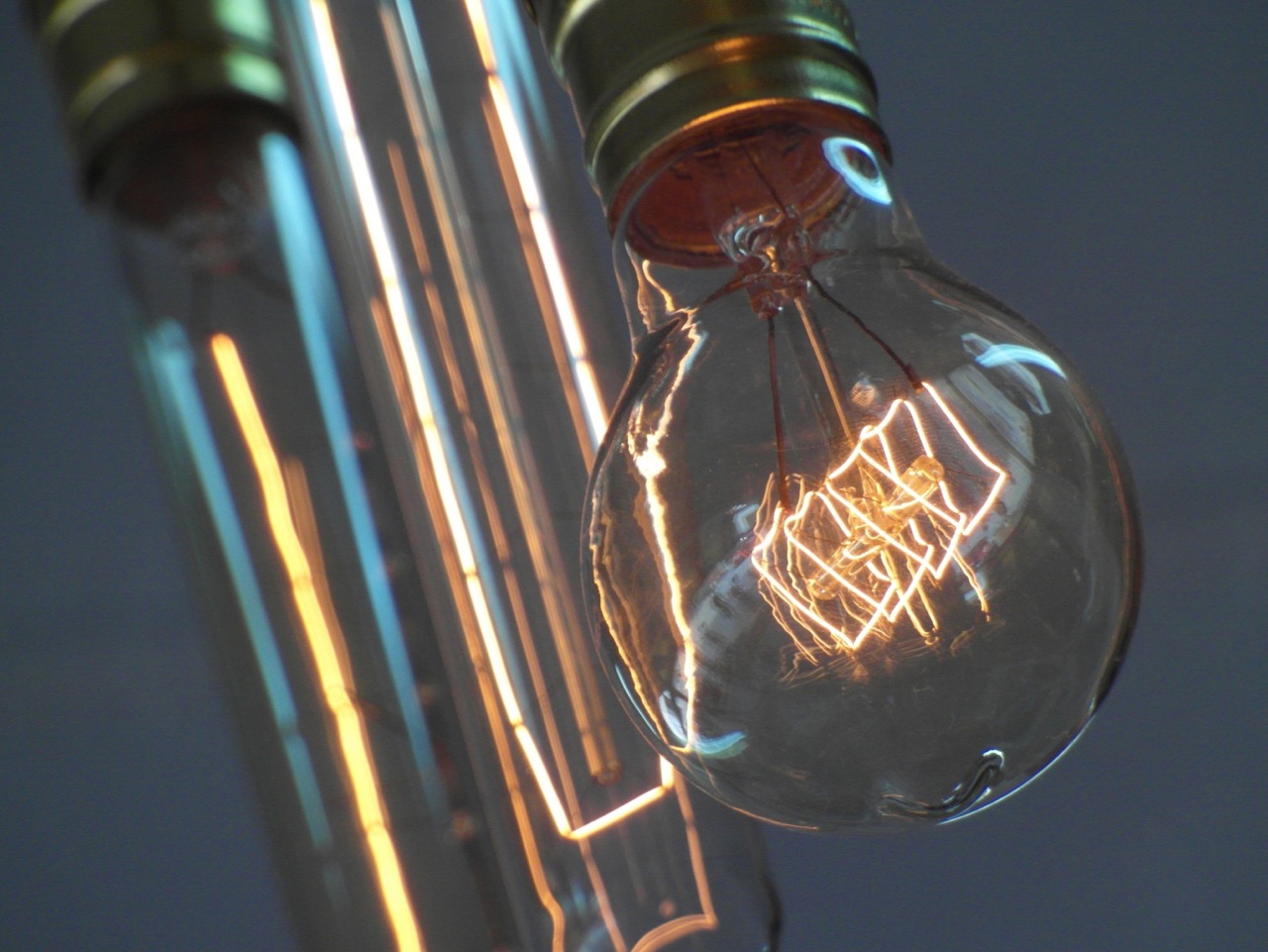
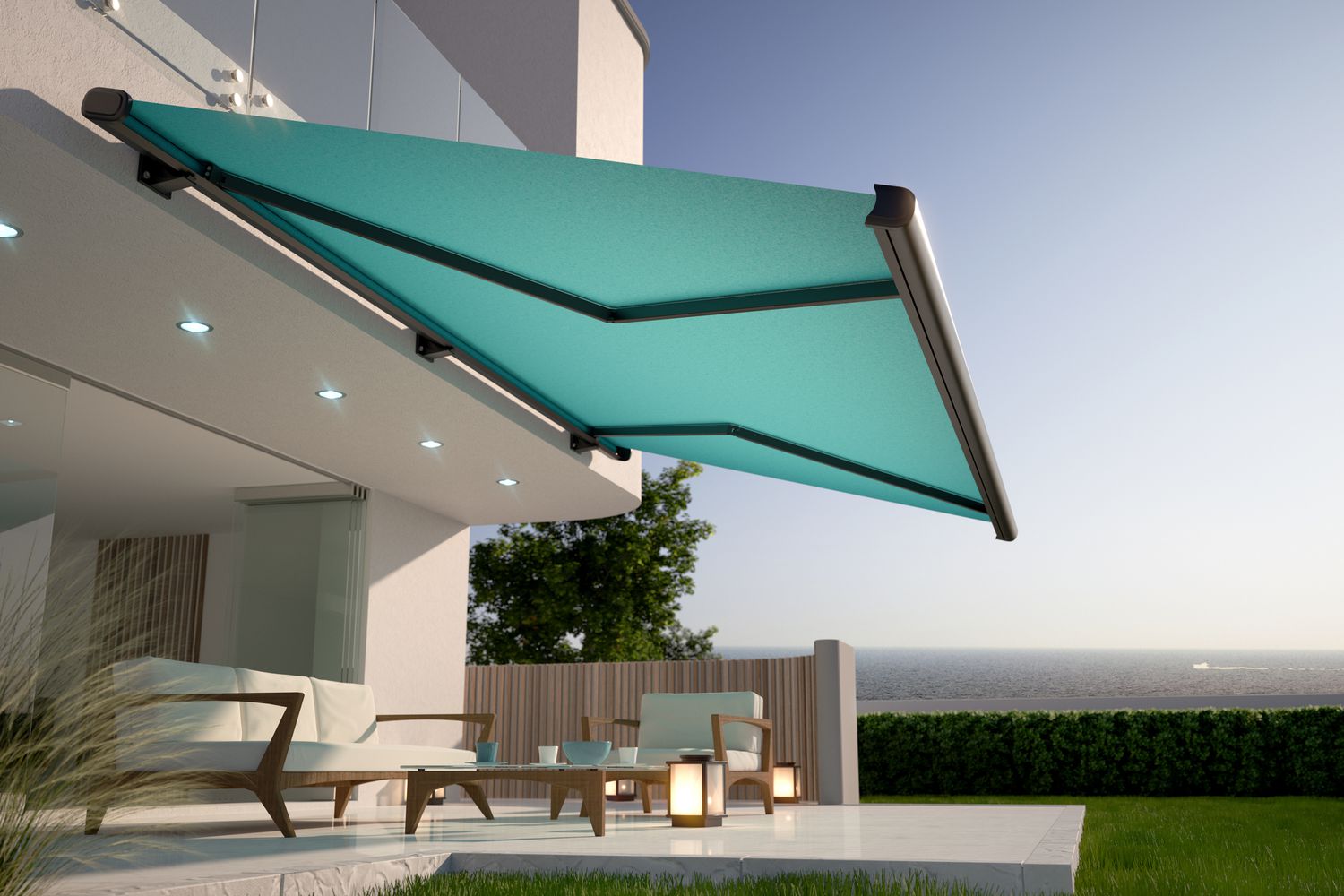

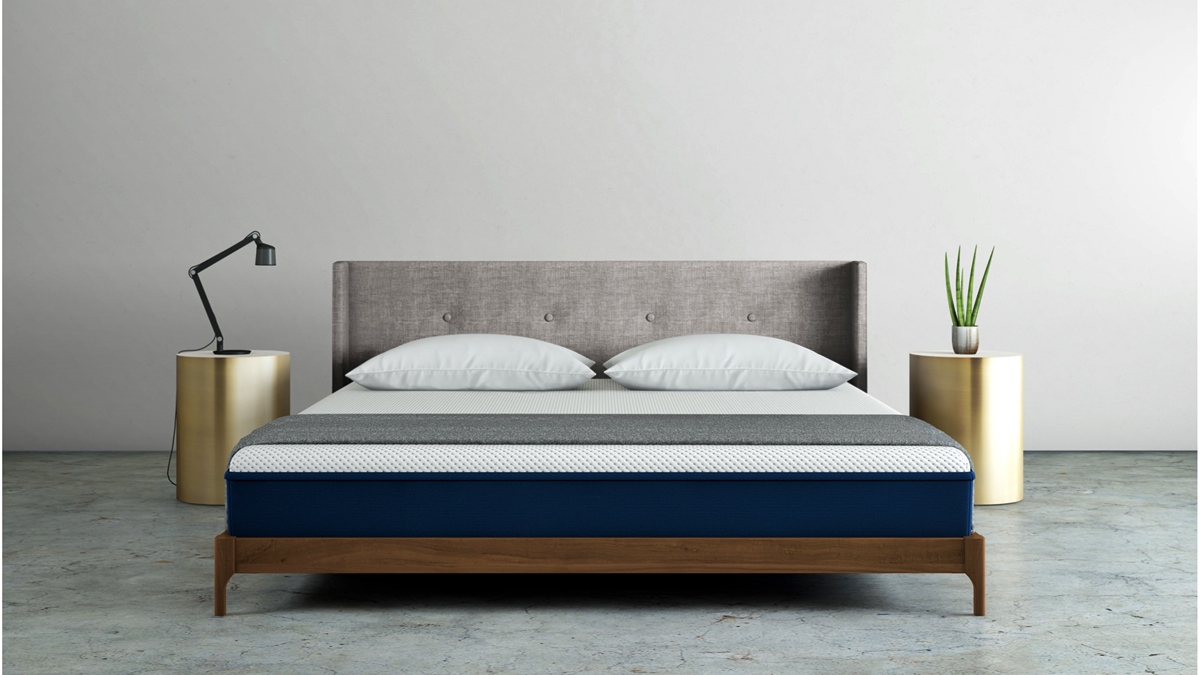
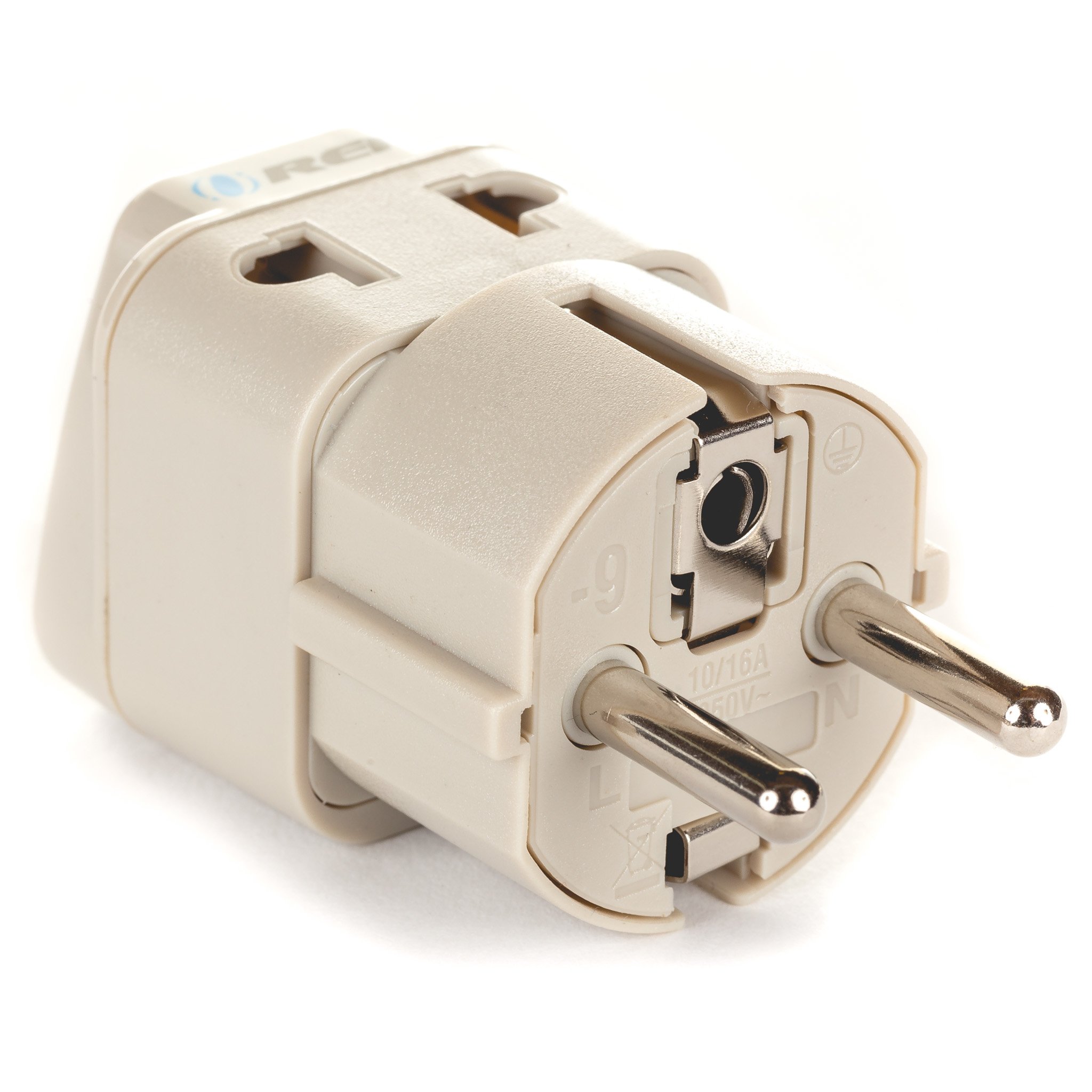
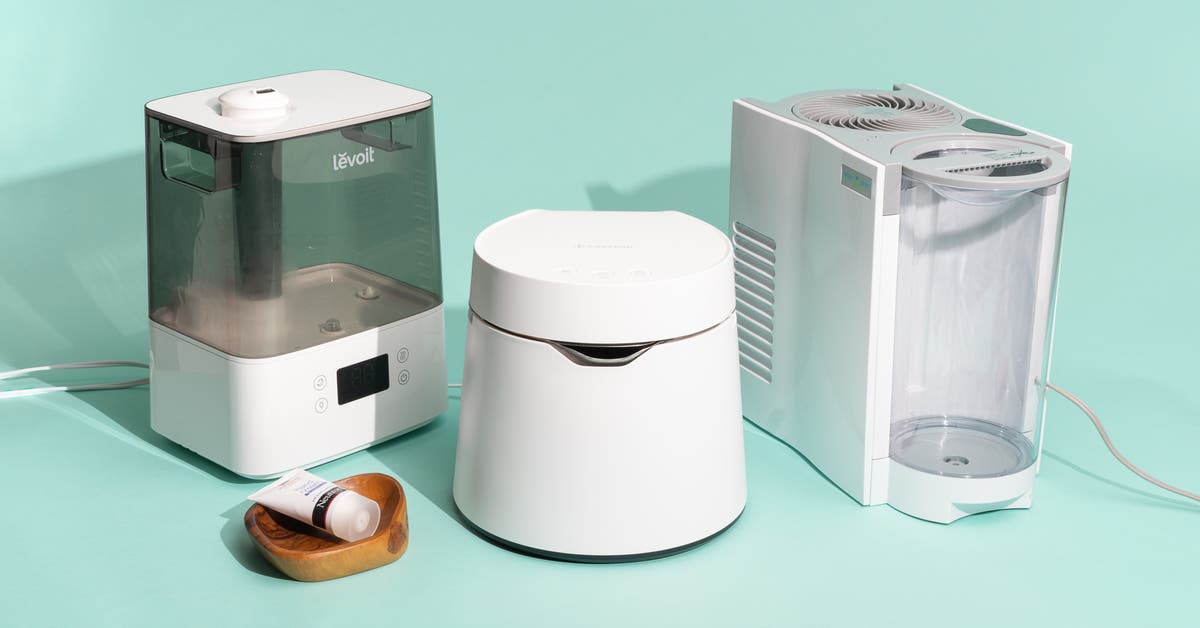
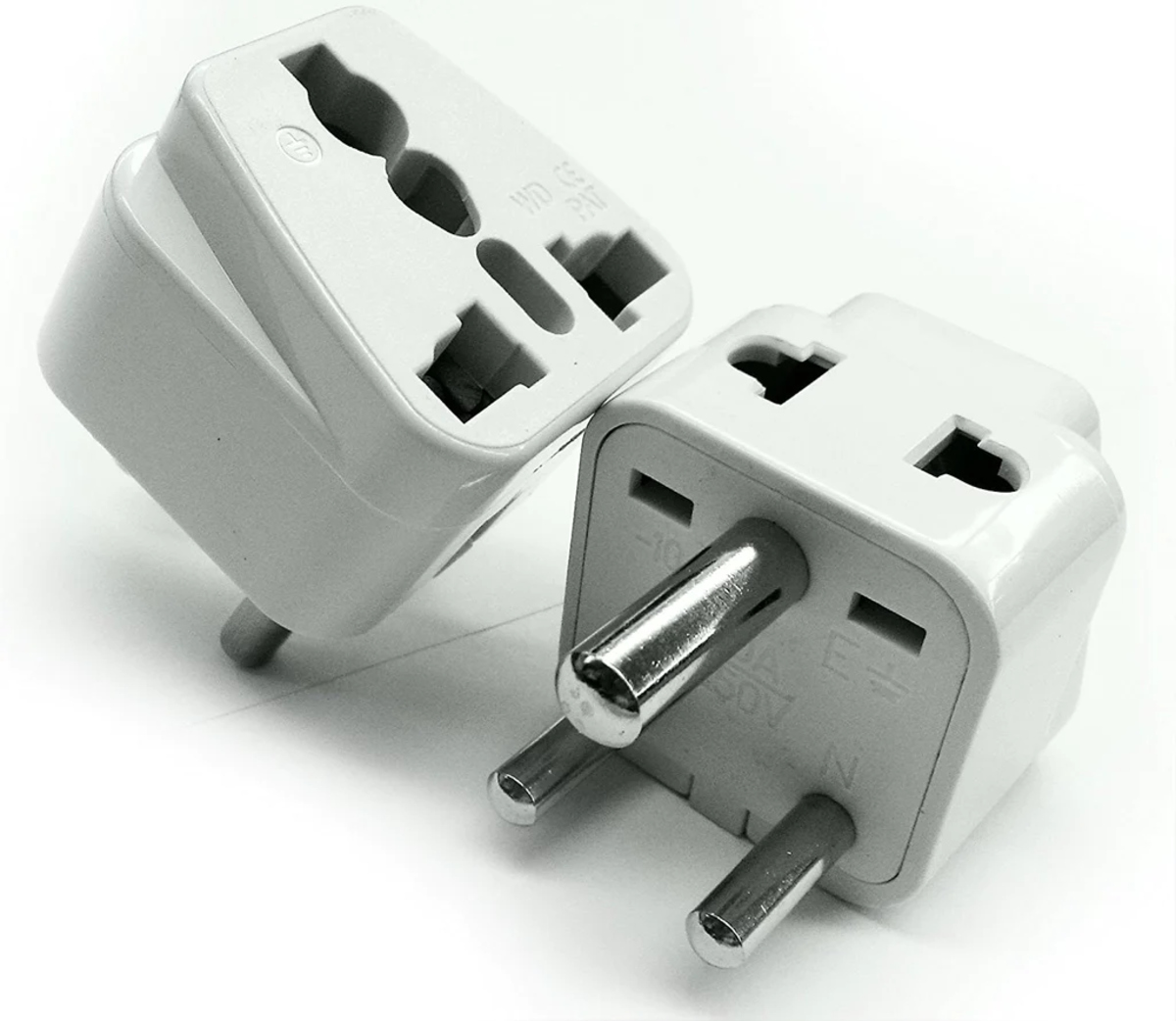
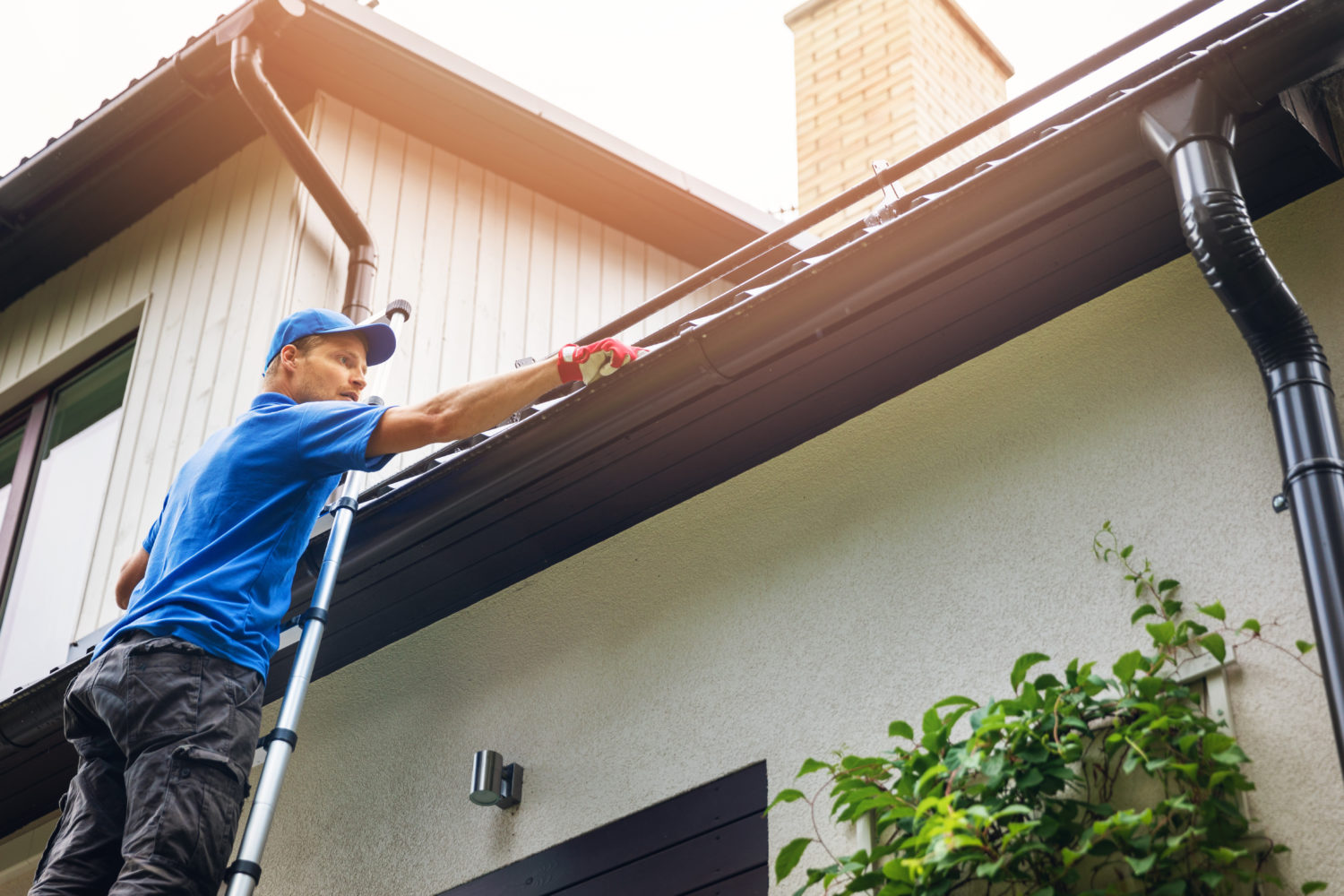

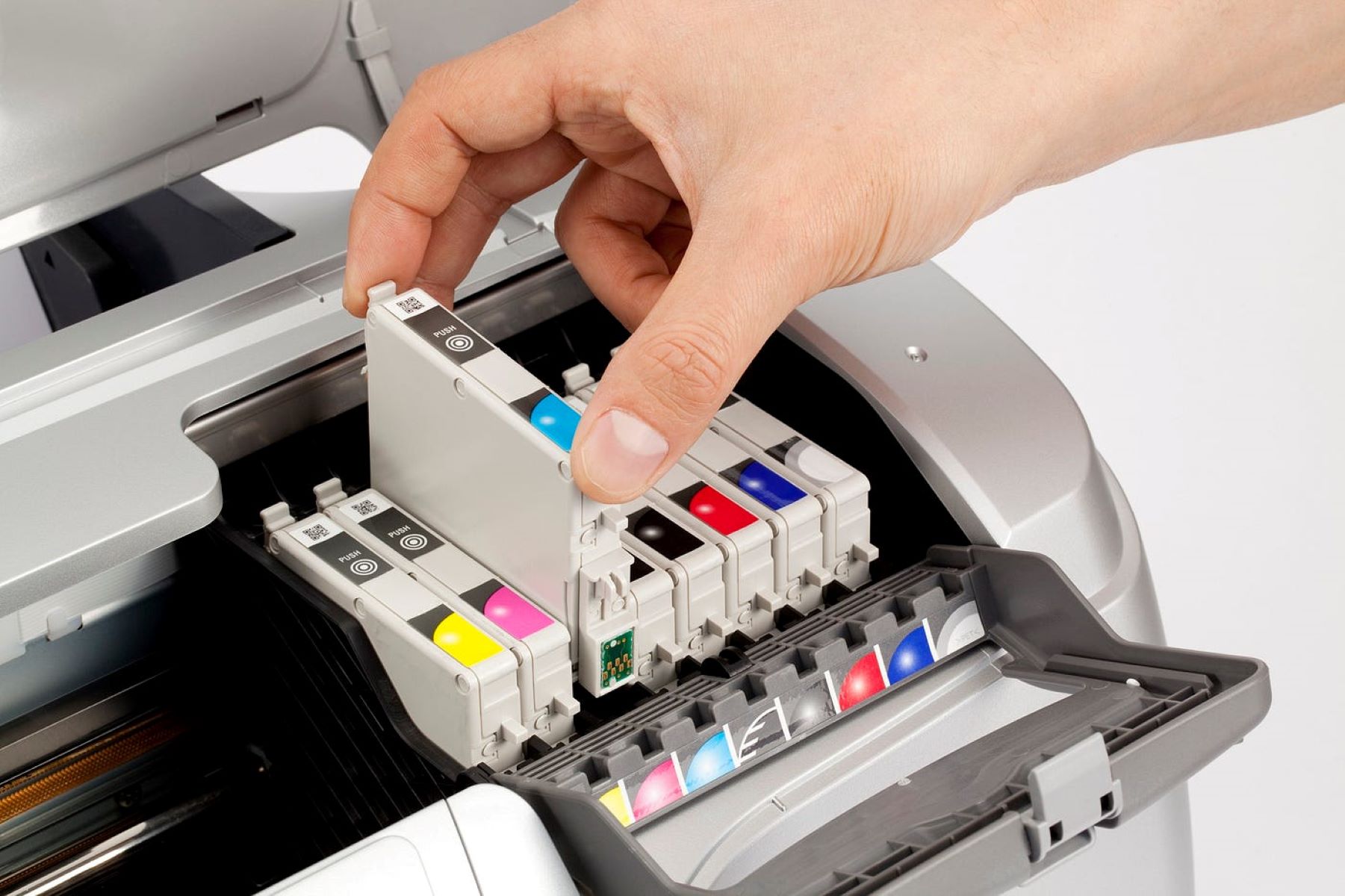

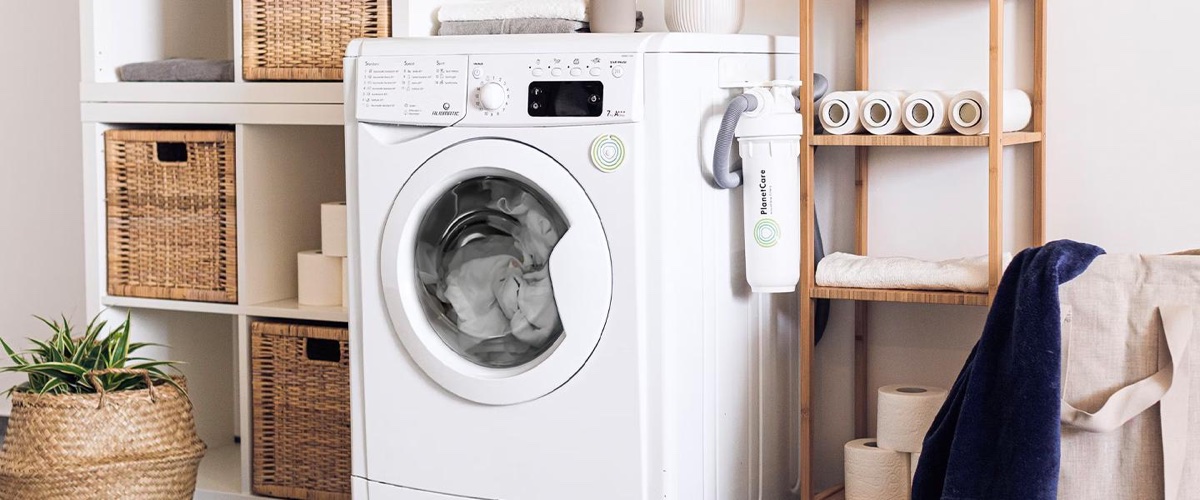



0 thoughts on “What Wattage LED Bulb Do I Need”